Aug 16, 2022 | News
Touted as “the single biggest climate investment in US history,” President Biden signed the historic $739 billion Inflation Reduction Act (IRA) on August 16, an unprecedented level of federal support toward our transition to a clean energy economy.
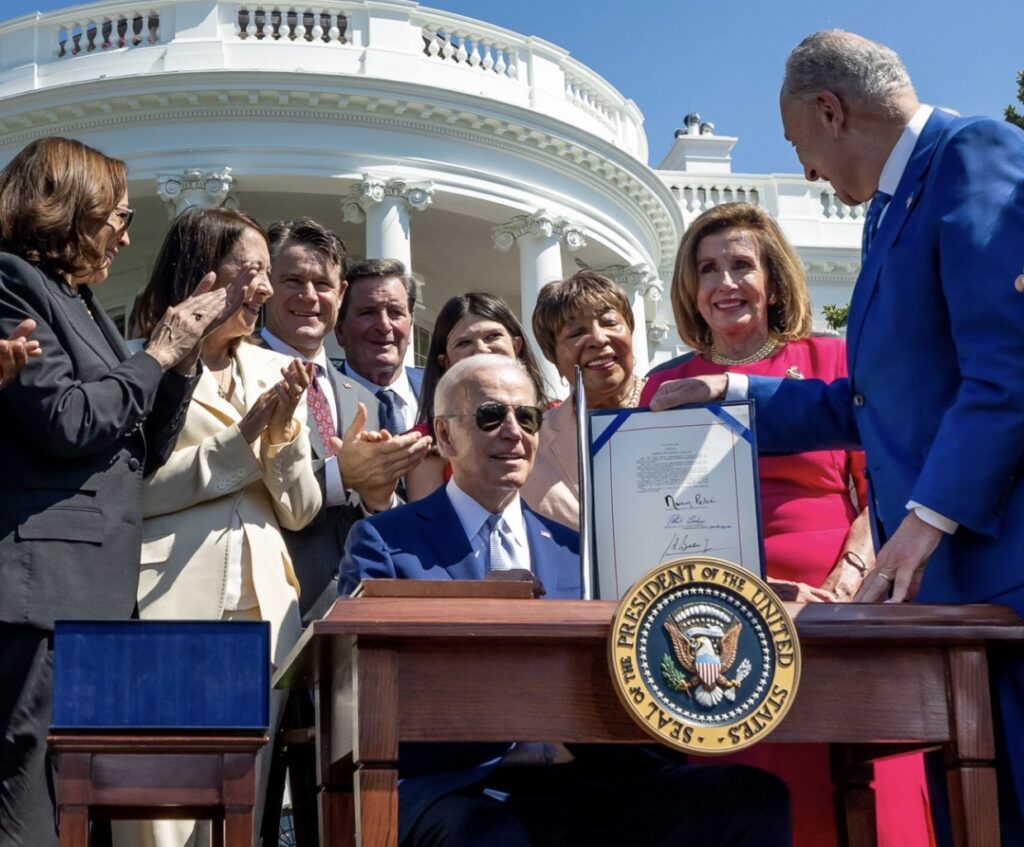
Credit: whitehouse.gov
Referred to as “Energy Security and Climate Change,” investments aimed at reducing CO2 emissions below 2005 levels by 40% by 2030, account for $369 billion or about 50% of the bill’s overall funding.
One of the more celebrated provisions in the IRA is the 10-year extension of the Investment Tax Credit (ITC) which applies to individuals like you and me. Instrumental in launching the solar industry, the ITC’s 10-year extension at 30% of the cost of the installed equipment will step down to 26% in 2033 and 22% in 2034. Here’s what the tax credit looks like before and after the 10-year extension:
Pre-IRA ITC: (assume $18K system and $1K utility rebate)
0.26 * ($18,000 – $1,000) = $4,420 tax credit
IRA ITC: 0.30* ($18,000 – $1,000) = $5,100 tax credit

Source: SEIA
The 30% credit also applies to energy storage whether it is co-located or installed as a standalone. This enables the retrofit of a battery to a solar array while taking advantage of the credit.
Tax credits will fund the purchase of heat pumps, rooftop solar systems, electric HVAC systems and electric water heaters. Transportation tax credits include $4,000 to eligible low-to-moderate income individuals to buy used clean energy vehicles, or $7,500 for new clean energy vehicles. Energy efficiency in new affordable housing projects will receive $1 billion. Consumer home rebate programs for low-income individuals will offer up to $9 billion for appliance electrification and energy efficiency retrofits.
Another notable element in the IRA is the clean manufacturing program. Designed to last a decade, this facet will enable companies to scale up and increase production volume and efficiency, supporting development across the clean energy supply chain.
Known as the 45X Advanced Manufacturing Production Tax Credit (PTC), named after the section of the tax code it would alter, this production credit would direct roughly $30 billion over the next 10 years to support the production of components of solar panels, wind turbines, inverters and batteries for electric vehicles and the power grid, as well as promote mining and refining the critical minerals that go into these products. The other half of the $60 billion clean energy manufacturing money consists of $10 billion in new investment tax credits and $20 billion in loans for clean vehicle manufacturing.
In addition:
- National laboratories: $2 billion for clean energy research;
- The Defense Production Act: $500 million for affected companies to manufacture heat pumps and process needed mineral materials;
- $30 billion in targeted grant and loan programs for state energy offices and electric utilities to incentivize the transition away from fossil fuels;
- Advanced Industrial Facilities Deployment Program with $6 billion will cut CO2 output in chemical, steel and cement manufacturing facilities;
- $9 billion for the federal government to buy clean energy technologies, $3 million of which will go USPS for ZEVs (zero emission vehicles);
- Clean Energy Technology Accelerator program will fund $27 billion for emission-reduction technologies in targeted low-income communities.
To ensure that the act targets historically disadvantaged communities and avoids the pitfalls of environmental racism, bill authors coordinated with environmental justice leadership, shoring up $60 billion for programs including $3 billion in environmental and climate justice block grants; $3 billion in neighborhood access and equity grants; $3 billion in grants to reduce air pollution at ports; $1 billion towards the procurement of no-emission freight and public transportation; and various bonuses and set-asides within tax credits that incentivize their use in low-income communities.
Aug 4, 2022 | News
Nestled between Austin and San Antonio, the City of New Braunfels is home to some well-loved landmarks: Schlitterbahn Water Park, Natural Bridge Caverns and Gruene Hall. New Braunfels is among the 15-fastest growing cities/towns in the US and the fourth fastest-growing Texas city, adding nearly 8,000 new residents between 2020-2021. New Braunfels Utilities (NBU), established in 1942, is a municipally-owned electric, water, and wastewater utility with a board of trustees appointed by an elected city council. To learn more about what was going on with our neighbor to the south, we caught up with Sarah Richards, NBU Director of Customer Solutions.
TXSES: Sarah, a question we always like to ask our guests: how did you find your way to NBU?
Sarah: I’ve worked in the natural resources space for much of my career but mostly on water sustainability issues, specifically on strategic initiatives. My educational background is rooted in the sciences, both hard and social sciences: biology, psychology, and anthropology.
After attending the University of Texas as an undergraduate, I gained teaching and communications skills when I pursued my master’s in education and then was a classroom teacher for several years. I love translating highly technical content into a language we can all understand and act on. It was in my role as a water program officer at the Cynthia and George Mitchell Foundation that I first partnered with NBU on an innovative water project. I’m now fortunate to be here directing that same project as well as providing strategic direction on the energy side.
TXSES: Fair to say energy is a new area for you?
Sarah: For the most part, but the challenges and opportunities utilities face with technology, innovation, and changing business models are very similar on the water and energy side. My passion is strategic program development with achievable goals that cut across issue areas and that require public-facing programs with lots of engagement. With all that’s happening in the clean energy space here in Texas, I couldn’t be happier to be doing what I’m doing at NBU.
TXSES: Back in March and April, NBU hosted a two-day workshop on solar energy, for the management team at NBU. Tell us about that.
Sarah: It was Pete Parsons, TXSES executive director, who made that happen. She reached out to our CEO, Ian Taylor, who was very receptive to the idea. It was so timely for us as we work with solar vendors and other providers on solar projects both residential and commercial. Transition is hard in general, especially for a utility like NBU for utilities writ large and equally hard for a small utility like NBU, experiencing dramatic growth with limited resources. To their credit, NBU leadership has recognized that solar and other distributed energies must become part of the energy mix. My position, Director of Customer Solutions, was created expressly to help with this transition. Pete assembled a dream team of experts to provide the right kind of content and experience specifically for our management team.
TXSES: The agenda looked like a who’s who of distributed energy experts.
Sarah: It was an across-the-board group of experts. There were folks from Austin Energy, CPS Energy, industry, national labs, and consultants, all of whom shared their experience and knowledge about technical opportunities and challenges, funding, state and national examples of community solar, residential and commercial solar programs, valuing solar. The workshop provided a wealth of information that is increasing our team’s understanding and confidence in moving forward with initiatives that are still new to us. On behalf of all of us at NBU, we were so appreciative of Pete and TXSES, and all the incredible speakers for so graciously sharing their time and incredible wealth of knowledge with our team.
TXSES: Have you surveyed your customers about solar and other distributed generation resources?
Sarah: We recently conducted a customer satisfaction survey in which we asked specifically about interest in renewable energy products and programs. More than half of the customers surveyed shared they would find information like guidance on rooftop solar panels valuable or very valuable. We also asked questions aiming to understand our customer values that might motivate participation in new programs. They rated how valuable they would find programs that: 1) reduce their water and energy use; 2) reduce their electric and water bills; and 3) conserve our natural resources. We assumed the financial driver would be the most important, but results showed that while close to 79% were interested in programs that reduce their electric or water bill, 83% of customers would find programs that conserve our natural resources helpful. We’ve also conducted a series of focus groups as part of our utility strategic plan update, and what we learned was that our customers care about natural resource protection. We believe we’re seeing this in the dramatic uptick in our solar programs and electrification opportunities. Our commercial customers in particular are interested in fleet electrification opportunities; this being driven potentially by national and global corporate climate goals.

Long Draw Solar Farm | Borden County | 225MWac
TXSES: Let’s talk about NBUs solar program.
Sarah: I’d love to! With 47,623 electric customers in our service area, we currently have about 400 residential systems and eight commercial systems. Applications for new systems are overwhelming: we have around 100 new projects in the queue, demonstrating exponential growth year-over-year. Our solar rebate program offers $3K for residential and $26K for commercial projects. We’re in the process of developing new guidelines and processes for both customers and solar vendors. Our new programs will provide a greater level of customer education and public outreach on distributed energy and energy efficiency.
I should also mention our solar efforts on the power purchase side. As a retail electric provider that does not generate our own electricity but purchases power through power purchase agreements (PPAs) and on the markets, our largest PPA is for solar energy, keeping our energy portfolio at around 30% renewable energy. The 225 MW Long Draw project in Borden County is a partnership with Denton Municipal Electric, Garland Power & Light, and Kerrville Public Utility Board. It became operational in mid-December 2020 and provides us with 100MW solar energy.
TXSES: That’s a great segue to the two distributed energy workshops this past spring.
Sarah: Those two days were so important for middle and executive leadership to be together in this work. Utilities can operate in silos; this training gave us the opportunity to understand how it will take multiple teams – from finance, power supply planning, electric operations, communications and external affairs, and customer solutions – to be involved in the process. It’s important for us all to understand the issues, especially the pain points, to enable us to craft solid programs that deliver. In our executive post-workshop debrief, we talked about how solar dovetailed with our DERs strategies. No one was pushing a value-driven agenda and while New Braunfels does not have climate action goals, we felt better knowing what other “munis” are doing in that space.
TXSES: Next steps?
Sarah: We’re focused on a new three-year plan to fully design and deploy new and enhanced distributed energy, solar and electric transportation programs. This begins with forecasting electric demand and determining the right mix of distributed energy and solar that we want in our power supply mix. Once we have targets for how much solar and other DERs we need in our system, we will expand residential and commercial rooftop solar programs and look at community solar projects that will help us achieve our targets, all while meeting the needs of our customers.
We’re also interested in exploring interesting projects like the solar-powered parking lot project Big Sun Solar is doing with CPS Energy in San Antonio. That provides a great template for us until we can build up our own programs. We are looking to help our customers with the challenges they are facing on the solar front. Lately, our community has been struggling with misinformation from some rooftop solar vendors. We are committed to providing sound, factual information and additional guidelines that can aid our customers in the rooftop solar process.
TXSES: Seems like NBU would be a great case study for how a small municipal utility becomes a distributed energy resources champion!
Sarah: Fingers crossed; I sure hope so! We still have a lot to learn on this front, but we are excited to grow our program and we are eager to share news of our successes and failures with our partners and friends because they’ve so graciously done the same for us.
TXSES: It’s a story worth sharing. Thanks for the conversation, Sarah.
Aug 4, 2022 | Txses Impact
Starting with two employees in 2007, TXSES Platinum business member, Lighthouse Solar, now has 40 employees. Stan has been a key player in shaping local and state policies to nurture more favorable conditions for solar’s growth in Texas. Trained as an architect, Stan’s architectural design practice, Pipkinc, focuses on integrated solar design and holistic architectural design services. We caught up with Stan despite his insanely busy schedule. Here’s our conversation.
TXSES: Who or what inspired you to get into the solar industry?
SP: An unlikely place: a dive bar in Houston, where I heard a couple of young energy traders talking enthusiastically about energy. At the time (2007), I was practicing architecture in Houston, frustrated with the lack of attention our industry was giving to energy. I was curious about the relationship between energy and buildings, wondering why the architecture and engineering disciplines weren’t more aligned with more creative and exploratory solutions.
TXSES: Back then, it really wasn’t the practice for those disciplines to interact. I remember those days.
SP: Back in the day, we were very siloed. We seldom asked ‘is this the right problem to solve?’ I was looking at this from a sustainability perspective; that’s how I’m hardwired. Around 2006-2007, I was invited to start a solar company in Austin, an expansion of a Boulder-based firm. Solar was new to me but with my inherent sustainability bent, I realized the overlap of solar and architecture made so much sense.
TXSES: What happened next?
SP: I left Houston, moved back to Austin and helped launch Lighthouse Solar with a new problem to consider: Can solar drive innovation in the building community? My architectural foray into emerging tech and market development revealed an entirely new set of problems to solve.
TXSES: It must give you a great deal of comfort and satisfaction to see the change and know you’ve played an important part in the change.
SP: This thread is still central to my work in architecture and solar; it’s kept me humble for a long time. It’s also satisfying to see consumer demand for more energy-efficient buildings and solar. LEED (Leadership in Energy and Environmental Design) has helped pull our industry forward, as have utilities like Austin’s Green Building Program. People are now interested in a higher level of envelope performance and integrated design.
TXSES: Talk about the state of the solar workforce and how it’s impacting your work. We hear from our installer business members that they’re desperate for more trained solar installers. What schooling and training are necessary to build a strong solar workforce?
SP: Here in Austin, where we’ve got a strong economy and an even stronger tech-focused workforce, the trades are getting short shrift. The solar workforce, which is still evolving, requires a combination of skills, some of which are customer-facing. A career in distributed solar is a new form of worker that includes altruistic ambitions, knowledge and technical skills, combined with sophisticated soft skills like problem-solving, communication and other cognitive capabilities. Most trades don’t focus on those areas.
Our approach at Lighthouse Solar, whether it’s sales or project management, is to look for people who have had a full professional life somewhere else. We’ve had teachers, folks who have run small businesses; they’re mature and take responsibility for their work. Then they learn about solar. As much as we’d like things to be strictly process-driven, it’s not been our model. It’s been really challenging through the pandemic and even now. Like other installers, our greatest need is on the installation side. We’re lucky that we’ve had some installers who have been with us for 10 years. Folks are very ambitious. We’ve had five businesses incubate out of Lighthouse Solar, some of whom are competitors now.
TXSES: Guess you trained them well. Would you say it’s important for industry to partner with educators to develop the right skills and turn that into curriculum?
SP: Definitely. We’ve been partnering with some high schools to help students understand that solar isn’t just a set of widgets on top of a roof. It’s an integrated approach to total customer experience with evolving technologies. Those facets are out of step with most American trades.
TXSES: What’s Lighthouse’s breakdown of installed systems; residential v. commercial. What about storage?
SP: By volume and revenue, it’s mostly residential. For commercial, we do a lot of new construction so it’s easy to integrate solar into the planning process. Today, the average residential system size is about 12kW. And yes, nearly every conversation we have with customers today does include storage. We recently commissioned a large residential system in Austin and even though it’s grid-connected, it can run off-grid as its own microgrid which is pretty unusual. We also completed an outdoor science camp at Shield Ranch that’s totally off the grid.

Shield Ranch: Immersive environmental science camp completely off-grid with a solar, storage and generator microgrid. 67 kW solar array and a 200 kWh lithium battery bank designed to power the complex of buildings, including a kitchen, dining room, offices, classrooms and cabins on the banks of Barton Creek near Dripping Springs. Credit: Lighthouse Solar
TXSES: I know it’s hard to pick a favorite project but tell us about a memorable one.
SP: The Homestead Oaks project in Austin was a really interesting one. A multi-family project of Foundation Communities, the idea was to go solar for all 140 units, which meant 140 separate systems, and with interconnection rules, that meant 140 applications! It was crazy, but the effort to avoid that brain damage in the future helped spur the genesis of Austin Energy’s shared solar program. It ultimately worked out to make solar affordable for low-income housing but it was a huge challenge to pull it off.

Homestead Oaks | Austin Credit: Foundation Communities
TXSES: Let’s switch gears and talk about your work with the Architectural Solar Association.
SP: We’re pretty excited about this project. I’m a co-founder of this Boulder-based organization, the mission of which is to remedy exactly what we’ve been talking about: the disconnect between solar and buildings. In fact, we just were awarded a three-year U.S. Department of Energy grant. Working with NREL (National Renewable Energy Laboratory), we’ll develop educational content, disseminate it to the architectural, engineering, contracting communities and develop practices that would encourage more integrated approaches to solar.
TXSES: You mean like BIPV?
SP: This isn’t BIPV (building integrated PV). It’s architectural solar. It’s friendlier, speaks to a broader set of applications and addresses the question, ‘what is your building doing about energy?’ We’ve just kicked off this three-year initiative targeted for professionals that will include tools, design concepts and best practices to get to zero-energy buildings. The basis of the curriculum will show professionals how to think about active solar energy systems in the building envelope and constituent parts.
TXSES: How will you disseminate the curriculum?
SP: We’ll make it available through HeatSpring (online portal with courses for professionals in solar PV, design, installation, NABCEP (North American Board of Certified Energy Practitioners) certification and other solar and green building topics). AIA continuing education credits will be available. Folks can learn more about our work at https://www.archsolar.org
TXSES: One last question: where do you see Lighthouse Solar in five years?
SP: We’re at an inflection point. There’s been a change of ownership; we’ve gone through some restructuring and now we’re growing our internal teams. Although Austin is our base, we’re looking to expand in Texas. Our goal for Lighthouse: we’re a business that honors our current customers with ideas that were rooted in this community. One key thing of my interest and our business model: you have to be of the community in which you practice. This isn’t a get-rich-quick scheme. Things don’t get better the more remote you are from the source. You must be part of the community to produce value for that community.
TXSES: We’re so appreciative of your trailblazing work, Stan. Many thanks for all you do.
To learn more about Lighthouse Solar, visit https://lighthousesolartx.com
Jun 26, 2022 | News, Solar News of Note
For the last two years, Texas Solar Energy Society has raised funds (thank you Meadows Foundation!) to help our chapters reach out and match women and people of color with solar and clean energy companies. Solar Austin, one of our regional chapters, initiated an internship program in 2020. Because of its success, we decided to implement it statewide through our four other regional chapters.
Just this summer, the Houston Renewable Energy Group’s (HREG) Board president shared that they had 98 intern applicants representing:
- High school seniors to post grads and PhDs;
- Every university in the Houston area as well as many from out of the city/state;
- Many majors including law, computer science, engineering, business;
- Perfect or nearly perfect GPAs; and
- Leaders in their university energy clubs.
TXSES is thrilled to support our regional chapters as they place outstanding interns with solar companies across the state. Heartfelt thanks to those companies that are providing these opportunities for students and we welcome new companies to participate in our successful internship program.
Meet these remarkable interns who are becoming part of the new clean energy workforce in Texas!
 Ken Echeverry of Plano, whose father is from Colombia, graduated in 2019 from the University of Oklahoma with a degree in computer engineering. After graduation, he became interested in renewable energy. After Googling “solar energy in Texas” Ken found TXSES and while perusing the website, he discovered that the North Texas Renewable Energy Group (NTREG) was a TXSES chapter close to Plano. He contacted them and learned of their internship program (sponsored by TXSES). NTREG quickly connected him with Wells Solar, a TXSES Gold Business Member, located in Burleson, TX.
Ken Echeverry of Plano, whose father is from Colombia, graduated in 2019 from the University of Oklahoma with a degree in computer engineering. After graduation, he became interested in renewable energy. After Googling “solar energy in Texas” Ken found TXSES and while perusing the website, he discovered that the North Texas Renewable Energy Group (NTREG) was a TXSES chapter close to Plano. He contacted them and learned of their internship program (sponsored by TXSES). NTREG quickly connected him with Wells Solar, a TXSES Gold Business Member, located in Burleson, TX.
“I learned day-to-day operations for both residential solar and small commercial solar installations,” said Echeverry. “I tagged along for surveys, including the 3-dimensional drone shot surveys. My favorite part of this work was getting to navigate those! I learned a lot about roofs. There were different mounting systems…I knew none of this before the internship.”
Shortly after his three-month internship, Ken landed a full-time job with SolArk, an inverter and manufacturing design company, where he’s part of their software engineering team.
“SolArk, based in my hometown of Plano, wanted someone who knew the industry. The short-term internship gave me the knowledge I needed to land this position. I love this job as we make sure that we can power family homes and that they can be confident that they have reliability. The TXSES internship 100% helped me land this job.”
 From Wallis, Tx., Adrian Small will be a senior this fall at Prairie View A&M where he studies electrical engineering. Adrian found out about the TXSES solar internship program through his career advisor at school who knew about it from Sami Sultan, president of Houston Renewable Energy Group, one of TXSES’ intern-supported chapters.
From Wallis, Tx., Adrian Small will be a senior this fall at Prairie View A&M where he studies electrical engineering. Adrian found out about the TXSES solar internship program through his career advisor at school who knew about it from Sami Sultan, president of Houston Renewable Energy Group, one of TXSES’ intern-supported chapters.
Adrian has been in his internship for just a few weeks but finds everything he’s learning “really interesting.” “I’m gaining lots of insight on how to approach renewable energy. I’m currently working with EDP’s solar team.”
Adrian says it’s fascinating to learn how solar panels are made. “The single cell panel into a module, into a stream, into an array…the whole evolution of the silicone that’s made for the glass of the panels. I’m also learning about voltage cables, their interaction with each other and how too close proximity can cause too much heat.”
Adrian hopes to work for EDP Renewables or another solar energy company upon graduation in May 2023.
 Currently a public affairs student at UT-Dallas, Meghanna Bommareddy knew very little about solar energy before she began her eight-month internship with TXSES in 2021.
Currently a public affairs student at UT-Dallas, Meghanna Bommareddy knew very little about solar energy before she began her eight-month internship with TXSES in 2021.
“Working at TXSES was an incredibly valuable experience. My work with various solar businesses helped me learn more about the state of solar energy in Texas and what that looks like in practice, which helped inspire a love for sustainability. Since then, I have worked on sustainability-related initiatives at the United Nations Foundation and the U.S. Forest Service, and plan to pursue a career in this field. Needless to say, I am beyond grateful for the opportunities that my TXSES internship gave me.”
Jun 15, 2022 | News
In response to the Texas Public Utility Commission’s project 51603, Review of Distributed Energy Resources, TXSES prepared and submitted comments. The comments are submitted only on behalf of TXSES and don’t necessarily reflect the opinions of its members.
Read the comments.

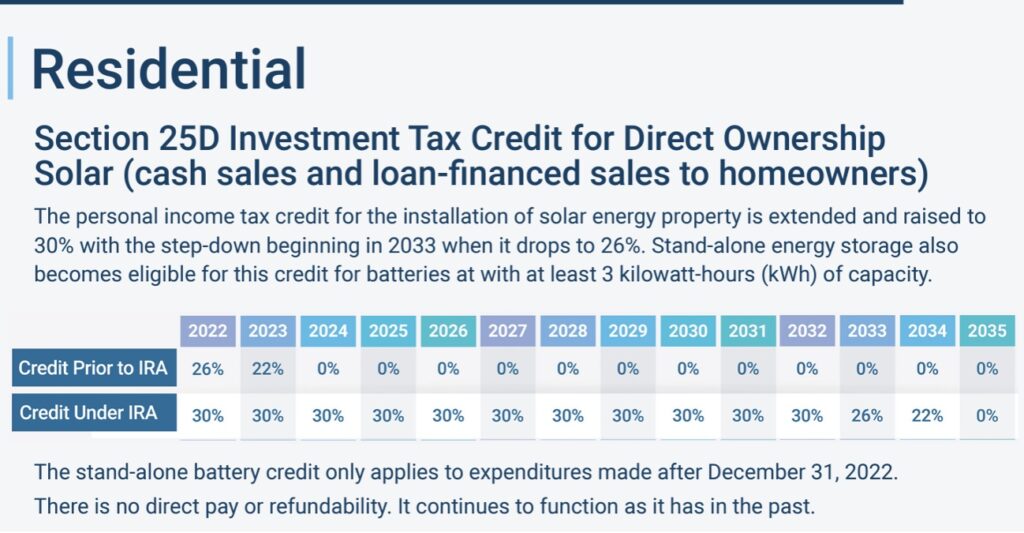

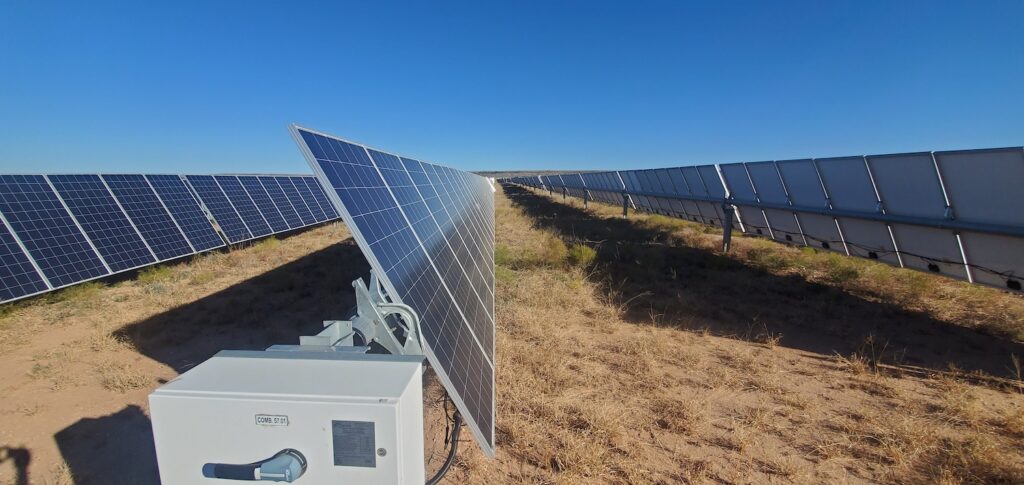
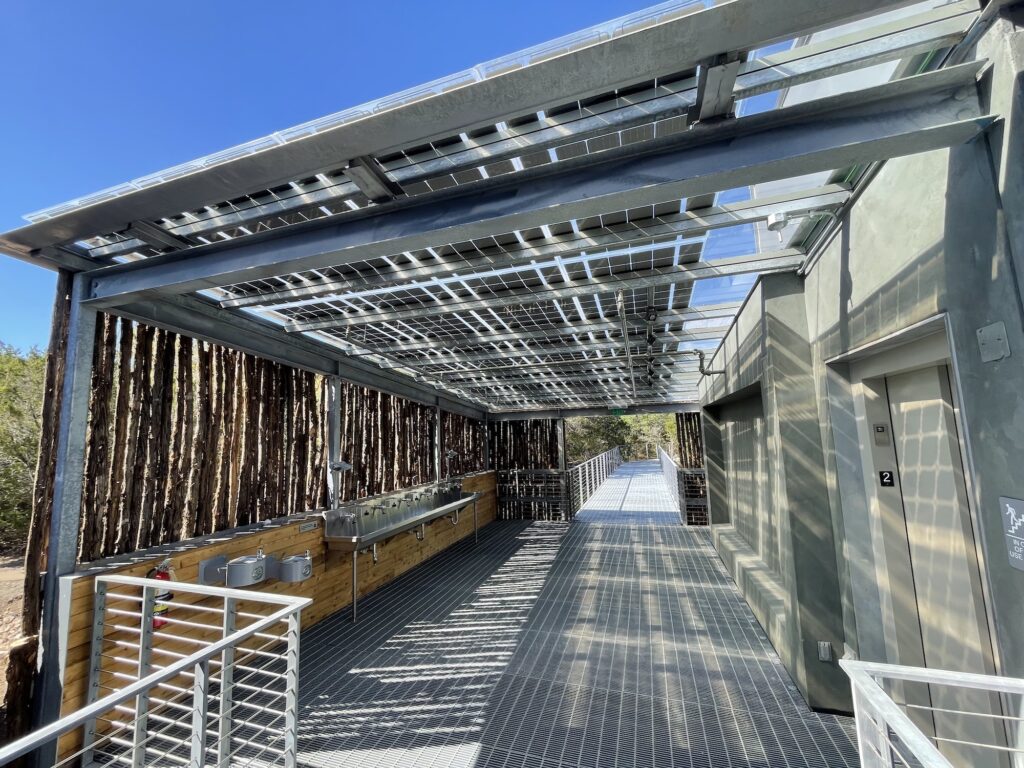
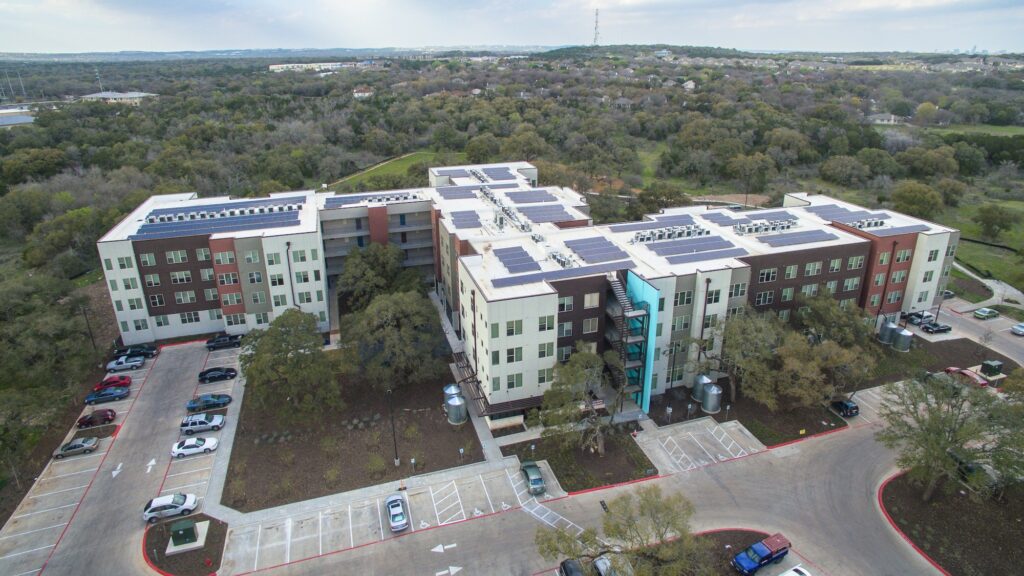
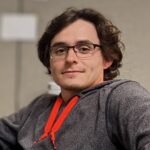 Ken Echeverry of Plano, whose father is from Colombia, graduated in 2019 from the University of Oklahoma with a degree in computer engineering. After graduation, he became interested in renewable energy. After Googling “solar energy in Texas” Ken found TXSES and while perusing the website, he discovered that the
Ken Echeverry of Plano, whose father is from Colombia, graduated in 2019 from the University of Oklahoma with a degree in computer engineering. After graduation, he became interested in renewable energy. After Googling “solar energy in Texas” Ken found TXSES and while perusing the website, he discovered that the  From Wallis, Tx., Adrian Small will be a senior this fall at Prairie View A&M where he studies electrical engineering. Adrian found out about the TXSES solar internship program through his career advisor at school who knew about it from Sami Sultan, president of
From Wallis, Tx., Adrian Small will be a senior this fall at Prairie View A&M where he studies electrical engineering. Adrian found out about the TXSES solar internship program through his career advisor at school who knew about it from Sami Sultan, president of  Currently a public affairs student at UT-Dallas, Meghanna Bommareddy knew very little about solar energy before she began her eight-month internship with TXSES in 2021.
Currently a public affairs student at UT-Dallas, Meghanna Bommareddy knew very little about solar energy before she began her eight-month internship with TXSES in 2021.